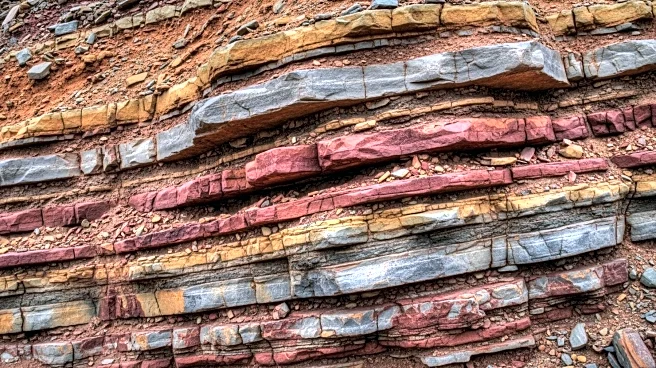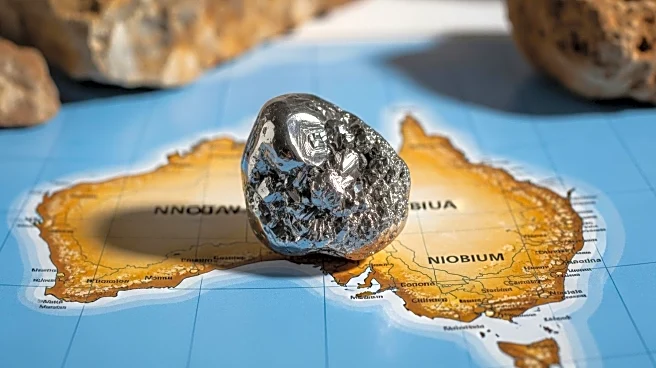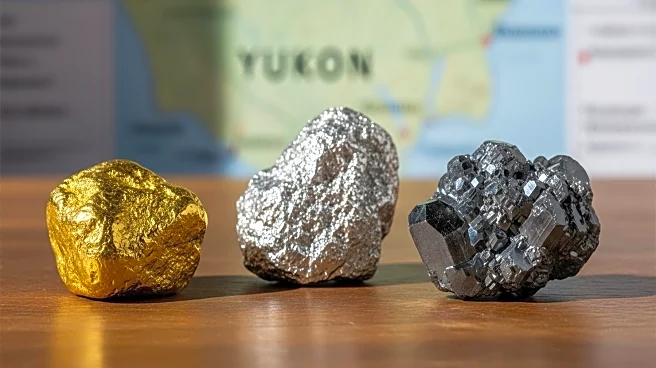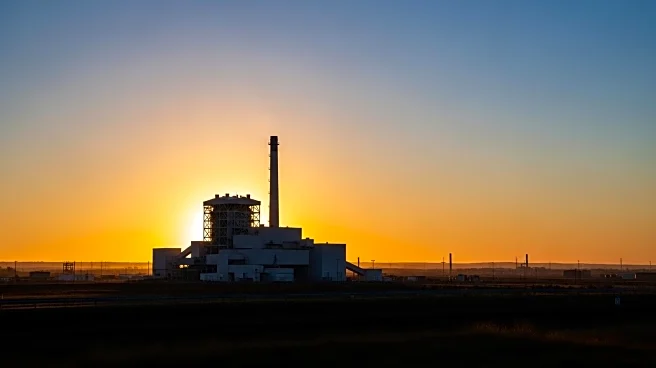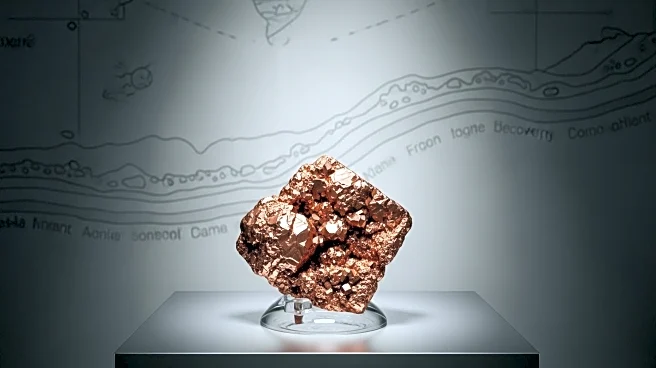What's Happening?
A study led by Curtin University has uncovered rare niobium-rich carbonatites in central Australia, revealing their formation during the breakup of the ancient supercontinent Rodinia over 800 million years ago. These carbonatites, which contain significant concentrations of niobium, were emplaced through fault zones during a tectonic rifting event. The research utilized isotope-dating techniques to trace the geological history of these rocks, providing insights into how metal-rich magmas reach the Earth's surface.
Why It's Important?
The discovery of niobium-rich carbonatites is significant for the mining industry, as niobium is a strategic metal used in high-strength steel and clean energy technologies. Understanding the formation of these deposits can aid in locating new sources of critical minerals, essential for various industries, including aerospace and renewable energy. The study demonstrates the potential of advanced geochronology and isotope techniques in unraveling complex geological histories, which could lead to more efficient exploration and extraction of critical minerals.
Beyond the Headlines
The findings highlight the importance of geological research in identifying and understanding critical mineral deposits. As demand for strategic metals like niobium increases, such studies can contribute to sustainable mining practices and resource management. The research also underscores the role of tectonic processes in shaping the Earth's mineral wealth, offering insights into the long-term geological evolution of continents.


